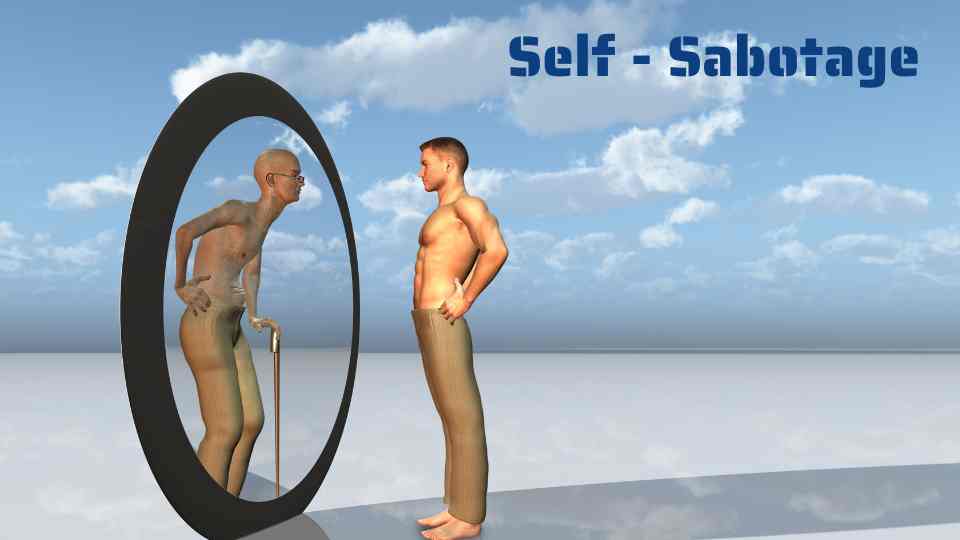The Power of the Gayatri Mantra: Unlocking Divine Energy and Inner Transformation

The Gayatri Mantra is one of the most powerful and revered Vedic mantras in the world. Chanting this sacred mantra regularly can bring profound transformation, spiritual awakening, and enhanced mental clarity. If you are looking for a way to elevate your consciousness, improve focus, and align yourself with higher energies, then the Gayatri Mantra is for you.
What is the Gayatri Mantra?
The Gayatri Mantra is a sacred Sanskrit verse from the Rig Veda (Mandala 3.62.10). It is addressed to Savitur, the divine source of light and wisdom. The mantra is as follows:
ॐ भूर्भुवः स्वः
तत्सवितुर्वरेण्यं
भर्गो देवस्य धीमहि
धियो यो नः प्रचोदयात्॥
Pronunciation in English:
Om Bhur Bhuvah Swaha
Tatsavitur Varenyam
Bhargo Devasya Dheemahi
Dhiyo Yo Nah Prachodayat
This mantra is a prayer for divine wisdom, light, and guidance. It calls upon the Supreme Consciousness to illuminate our intellect and lead us on the right path.
Listen to 108 Times Gayatri Mantra with Simple music
Word-for-Word Meaning in English
- 🕉 Aum = Brahma
- 🌍 Bhoor = Vital spiritual energy (Pran)
- 🔥 Bhuwah = Destroyer of sufferings
- ☀️ Swaha = Embodiment of happiness
- ✨ Tat = That
- 🌞 Savitur = Bright like the sun
- ⭐ Varenyam = Best, choicest
- 🕉 Bhargo = Destroyer of sins
- 🙏 Devasya = Divine
- 🧘 Dheemahi = May we imbibe
- 🧠 Dhiyo = Intellect
- 🙌 Yo = Who
- 👨👩👧👦 Naha = Our
- ⚡ Prachodayat = May inspire
The Spiritual Essence of Music & Mantras 🎶
💫 “The spiritual nature of music cannot be defined by religion, culture, or genre.”
🕉 “Music and spiritual life go together; one complements the other.”
✨ “Music is the mediator between the spiritual and the sensual life.”
Benefits of Chanting the Gayatri Mantra
Chanting the Gayatri Mantra daily offers immense benefits for the mind, body, and soul. Let’s explore them in detail:
1. Enhances Mental Clarity and Focus
The rhythmic chanting of the mantra has a calming effect on the mind. It improves concentration, sharpens memory, and enhances decision-making abilities.
2. Spiritual Growth and Awakening
The Gayatri Mantra is known as the “Mother of the Vedas.” It opens the doorway to higher states of consciousness and spiritual wisdom.
3. Reduces Stress and Anxiety
Regular chanting of this mantra activates the parasympathetic nervous system, reducing stress and promoting relaxation.
4. Purifies the Aura and Chakras
The vibrations of the Gayatri Mantra cleanse the aura and balance the chakras, particularly the Third Eye and Crown Chakras, enhancing spiritual perception.
5. Strengthens the Immune System
Scientific research suggests that mantra chanting can positively impact the nervous system, boost immunity, and promote overall well-being.
6. Improves Breathing and Pranic Energy
Chanting involves deep, rhythmic breathing, which increases oxygen supply, strengthens the lungs, and enhances pranic energy flow in the body.
7. Attracts Positive Energy
The divine vibrations of the Gayatri Mantra attract positivity and protect against negative influences, filling your life with harmony and prosperity.
How to Chant the Gayatri Mantra Correctly
To experience the full power of the Gayatri Mantra, follow these steps:
- Choose a Peaceful Environment – Find a quiet place where you can chant without distractions.
- Sit in a Comfortable Position – Preferably in a meditative posture with your spine straight.
- Use a Mala (Rosary Beads) – Chanting 108 times with a Rudraksha mala enhances the effect.
- Chant with Devotion – Focus on the meaning and surrender to the divine energy.
- Chant in the Morning – Sunrise is the best time, but you can chant anytime to align with divine vibrations.
- Maintain Consistency – Daily practice leads to deeper transformation and heightened spiritual awareness.
Scientific Perspective on the Gayatri Mantra
Many scientific studies have explored the effects of chanting and meditation on the brain. Research suggests that chanting the Gayatri Mantra activates the hypothalamus, improving cognitive function and emotional stability. Additionally, the mantra’s vibrations influence the autonomic nervous system, reducing stress hormones and promoting relaxation.
Spiritual Significance of the Gayatri Mantra
In Hindu tradition, the Gayatri Mantra is considered the essence of all knowledge. It is often referred to as the “Universal Prayer” because it is not limited to any particular religion. It calls upon the divine light to awaken the intellect and lead humanity toward truth and enlightenment.
Connection with the Third Eye Chakra
The Gayatri Mantra resonates deeply with the Ajna (Third Eye) Chakra, which governs intuition, wisdom, and higher perception. Chanting this mantra helps activate and balance this energy center, leading to increased clarity and insight.
Relation to Divine Feminine Energy
The Gayatri Mantra is associated with Goddess Gayatri, who embodies wisdom, purity, and divine knowledge. Worshipping her through mantra chanting invokes her blessings for guidance and inner strength.
Who Can Chant the Gayatri Mantra?
Many people wonder whether they can chant the Gayatri Mantra. The truth is anyone, regardless of religion, gender, or background, can chant this powerful mantra. It is universal and meant for the upliftment of all beings.
However, chanting should be done with reverence, purity, and a sincere heart to receive its full benefits.
Final Thoughts
The Gayatri Mantra is more than just a chant—it is a spiritual tool for transformation. Whether you seek inner peace, wisdom, or spiritual awakening, this mantra can guide you toward a life of higher consciousness and divine connection. Start chanting today, and let its powerful vibrations illuminate your path!
🙏 जय माँ गायत्री! 🙏✨
Share Your Experience!
Have you experienced the power of the Gayatri Mantra? Share your thoughts and experiences in the comments below!





